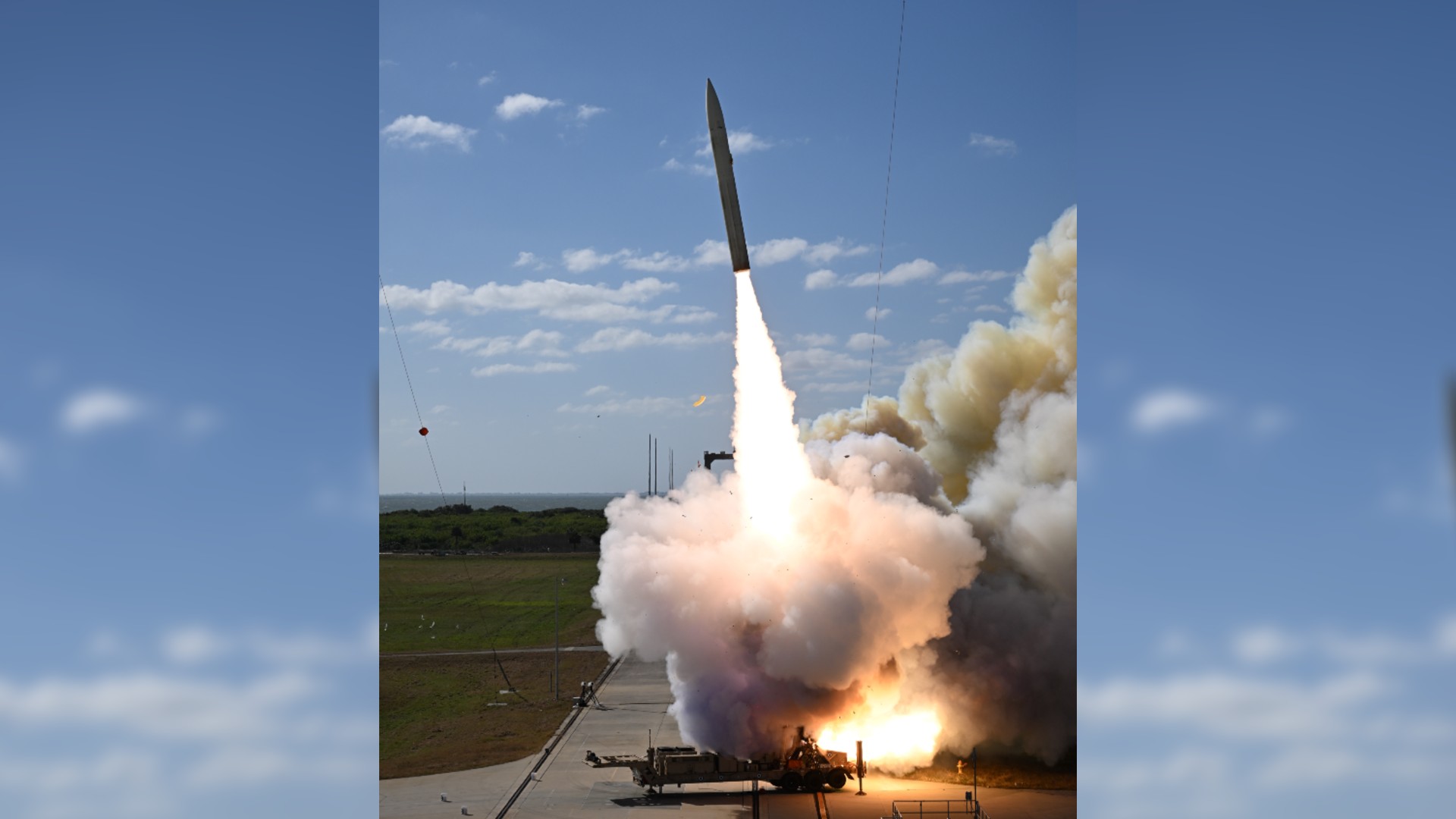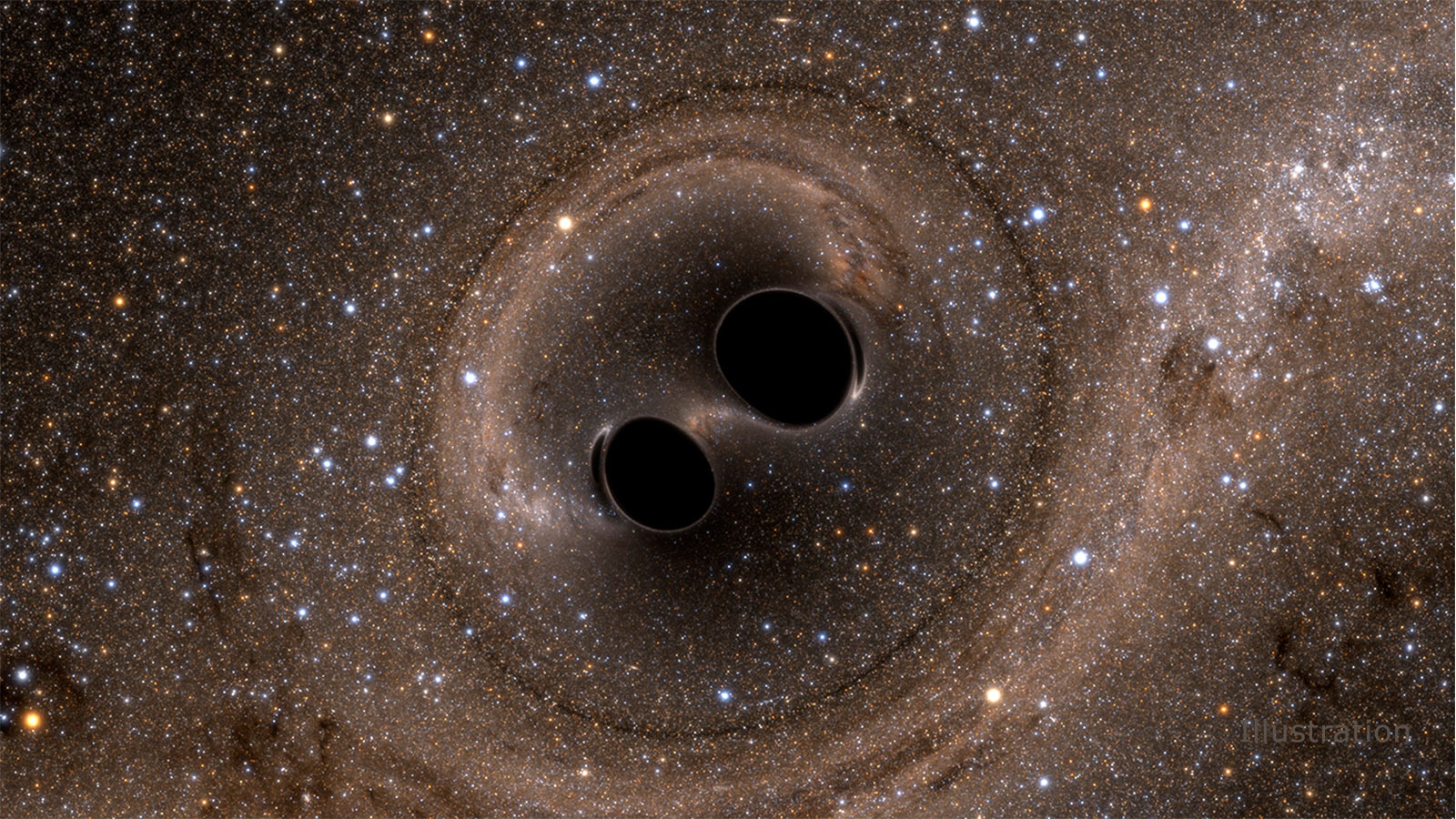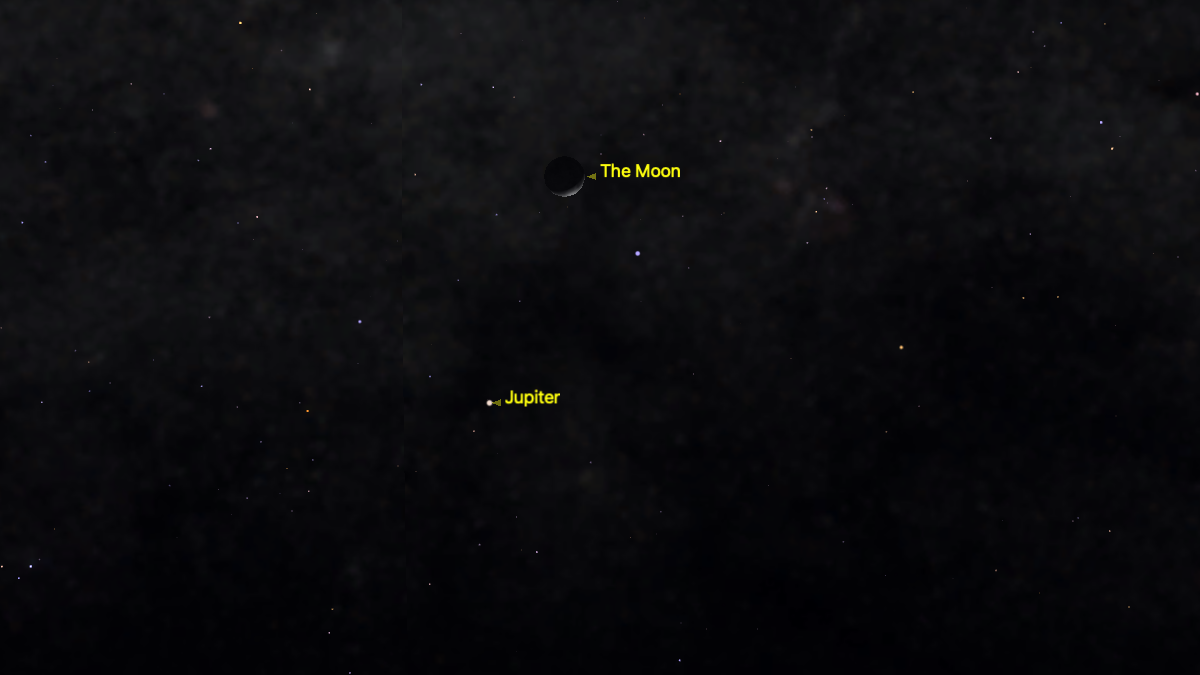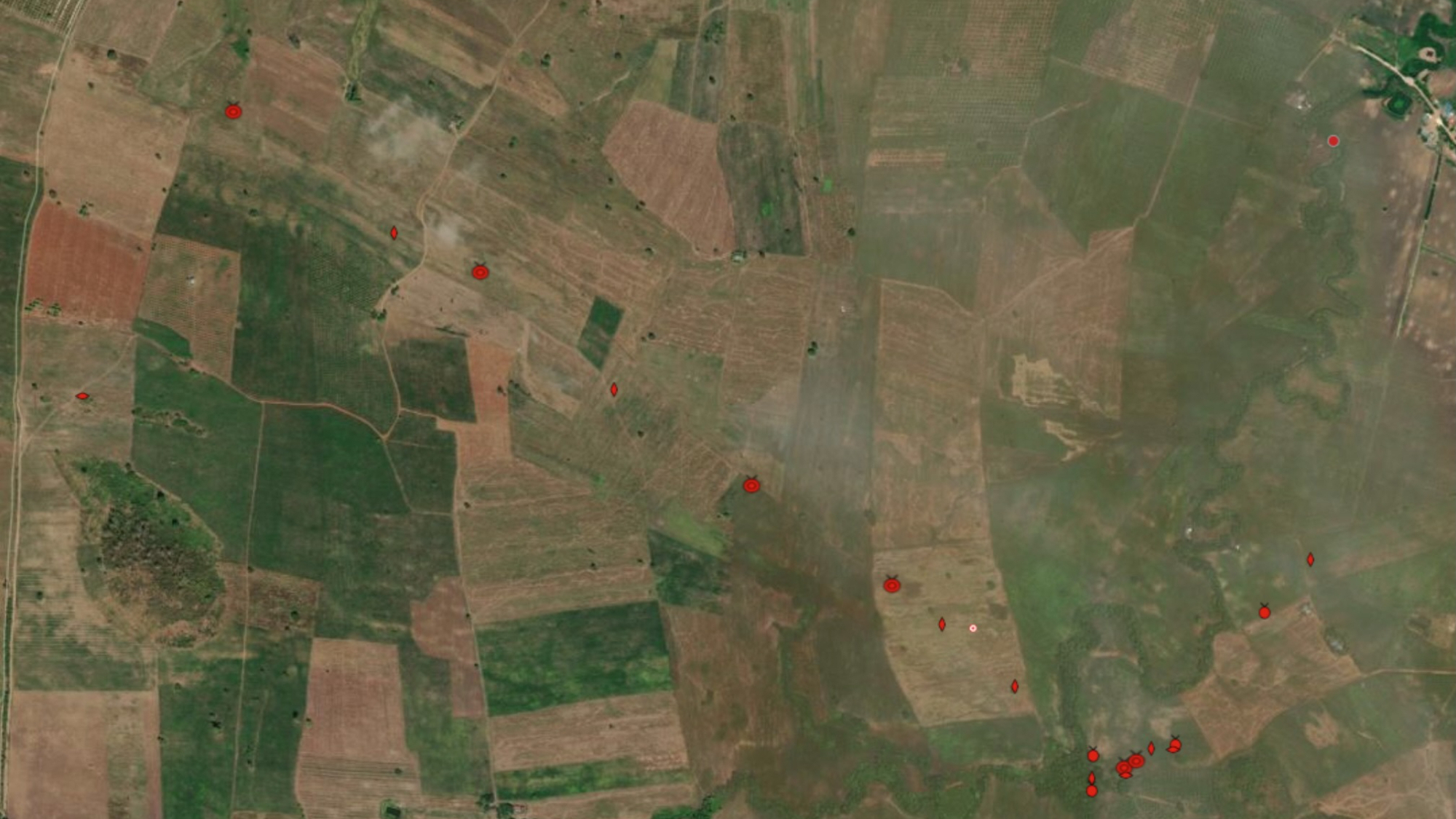Miss the Mercury Transit of 2019? You'll Have to Wait 13 Years for the Next One
You'll have to wait nearly a century for a Venus transit.
If you missed Mercury's journey across the sun Monday (Nov. 11), you're in for a bit of a wait for the next sun-transiting planetary occasion.
It's going to be more than a decade until the next transit of Mercury, which will occur on Nov. 13, 2032. But that's not as bad as the wait for Venus' next transit, which is still 92 years away.
These rare events are only possible through tricky alignments in planetary orbits. Mercury and Venus (like all the planets in our solar system) circle the sun in a plane, somewhat like a pancake. But it's not a perfectly flat pancake, and each planet has a slight tilt in its orbit.
Video: Watch the Mercury Transit of 2019 as Seen from Space!
More: The Mercury Transit of 2019 in Photos! The Best Views Until 2032
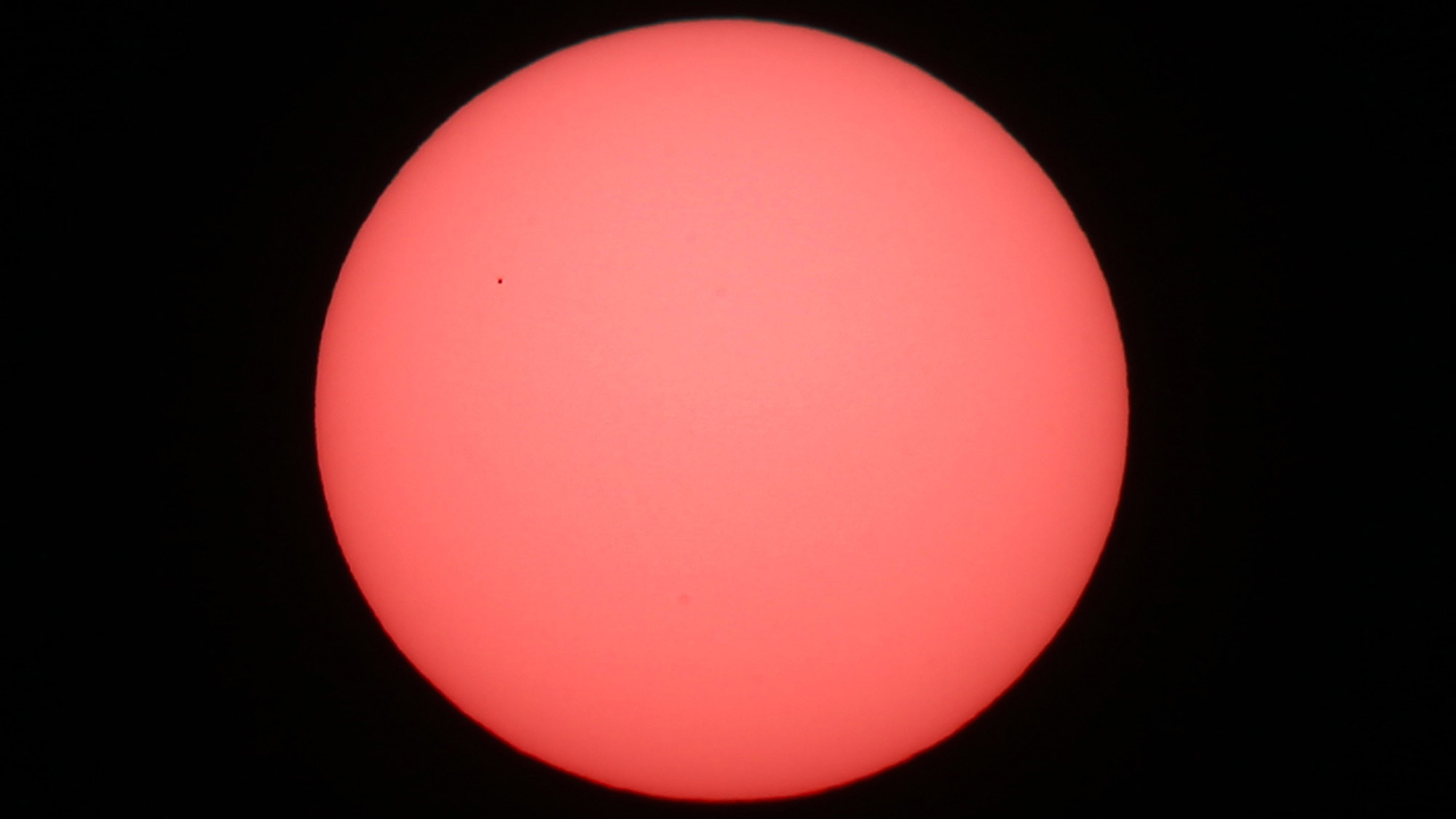
Mercury's path, for example, is inclined at 7 degrees to the ecliptic (the plane in which the planets on average orbit in our sky). That means that from Earth's perspective, Mercury passes above or below the sun most of the time, only crossing the sun's disk 13 or 14 times a century. For Venus, the phenomenon is even rarer — it occurs in transit pairs separated by eight years, with each "pairing" happening about a century apart.
Only Venus and Mercury can pass across the sun in our sky, since they are on the inner side of the solar system, compared with Earth. Transits of Mercury tend to fall around the same time of year — either November or May. Venus' are more scattered.
Although Mercury's last transit was in 2016, if you missed today's, you'll need to wait an awfully long time, according to NASA. The next two transits will take place in 2032 and 2039, but these will not be visible from North America. U.S. skywatchers will have their next chance across the country in 2049 and from the West Coast in 2052.
Get the Space.com Newsletter
Breaking space news, the latest updates on rocket launches, skywatching events and more!
As for Venus transits, make sure you have a reliable calendar (or memory) to mark down these dates from NASA: Dec. 10 to 11, 2117 (visible in southern and western North America, among other locations); and Dec. 8, 2125 (visible for at least part of the journey in the U.S.). Then the next pairing will be in 2247 and 2255.
Fortunately, there are plenty of opportunities to see the moon transit across the sun during a solar eclipse, or to see the moon pass into Earth's shadow during a lunar eclipse, a transit from the moon's point of view. Eclipses tend to take place every few months, although visibility varies considerably — especially for solar eclipses.
Editor's note: If you SAFELY captured a photo of the transit of Mercury and would like to share it with Space.com and our news partners for a story or gallery, you can send images and comments in to spacephotos@space.com.
- How Far is Mercury From the Sun?
- See the Sharpest-Ever View of Mercury's Transit Across the Sun
- Mercury Transit of the Sun: Why Is It So Rare?
Follow Elizabeth Howell on Twitter @howellspace. Follow us on Twitter @Spacedotcom and on Facebook.

Join our Space Forums to keep talking space on the latest missions, night sky and more! And if you have a news tip, correction or comment, let us know at: community@space.com.

Elizabeth Howell (she/her), Ph.D., was a staff writer in the spaceflight channel between 2022 and 2024 specializing in Canadian space news. She was contributing writer for Space.com for 10 years from 2012 to 2024. Elizabeth's reporting includes multiple exclusives with the White House, leading world coverage about a lost-and-found space tomato on the International Space Station, witnessing five human spaceflight launches on two continents, flying parabolic, working inside a spacesuit, and participating in a simulated Mars mission. Her latest book, "Why Am I Taller?" (ECW Press, 2022) is co-written with astronaut Dave Williams.
-
rod For my location, the next Mercury transit visible will be 07-May, 2049. Ouch :) I am glad I was able to see the entire 5.5 hour celestial show yesterday, even with cirrus clouds passing by. Later near 1200 EST, much blue sky appeared too and that made for some really great views of the last 60 minutes of the Mercury transit with my telescope.Reply





